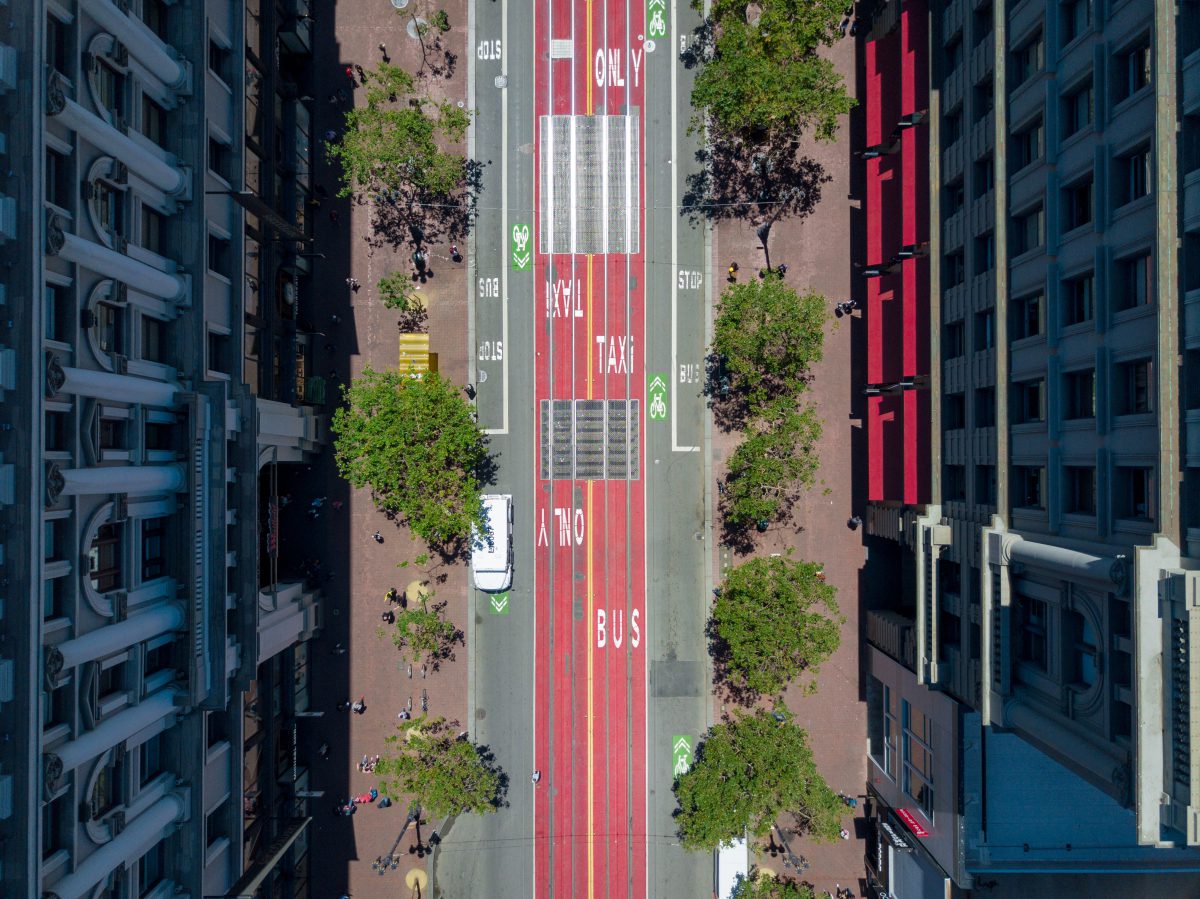How to Become a Transportation Planning Professional
To those on the consumer side of transportation, it may seem like either a logistical nightmare or a wonderfully complex puzzle getting everybody and everything to their destinations on time and in good shape. While the truth may lie somewhere between those two extremes, the fact of the matter is that well-trained transportation planning professionals are working behind the scenes to make it all flow smoothly. Transportation planning professionals, also called Certified Transportation Planners, are some of the unsung heroes of the transit, freight, and passenger carrier industries, and these individuals are responsible for not only the current state of transport in and around our cities and states, but also for planning for the future.
The Value of Fleet Data
As one popular saying goes, "You can't manage what you don't measure," and to go one step further, you can't improve what you don't measure. In order to get the most performance from a fleet, with the least amount of labor input and the lowest cost, tracking fleet data is imperative.
7 Strategies for Managing Operating Costs for Rural Public Transit
In order to run an efficient and productive rural public transit system and fleet asset management, and one that doesn't consistently overrun the budget, it's important to keep operating costs under control. Without adequate controls on operating costs, rural public transit systems are at risk of running with a high overhead, which can impact not only the current level of service, but also the future of these programs. Balancing the needs of the agency's customers with the costs for those services is one key aspect of effective transit agency management, and learning how to reduce or minimize those operating costs is a crucial skill.
Public transportation is not only a great way to get to work, to school, or to go shopping, it's also an environmentally friendly mode of getting around. Even though many public transit options include diesel-powered buses, which are not known for being the cleanest vehicles on the road, the difference is made up for in both the fuel efficiency (as measured in Person-Miles Per Gallon (PMPG)) and the fact that they take up far less space than the number of single-occupancy vehicles needed to transport the same amount of people.
Although the rapid pace of innovation in consumer technology is much more visible, especially when it comes to mobile devices and electronics in general, a great many tech advancements are also helping to shape the future of both transit and the transportation sector as a whole. Here's a look at some of these technologies that have had an influence on transit companies this past year.





